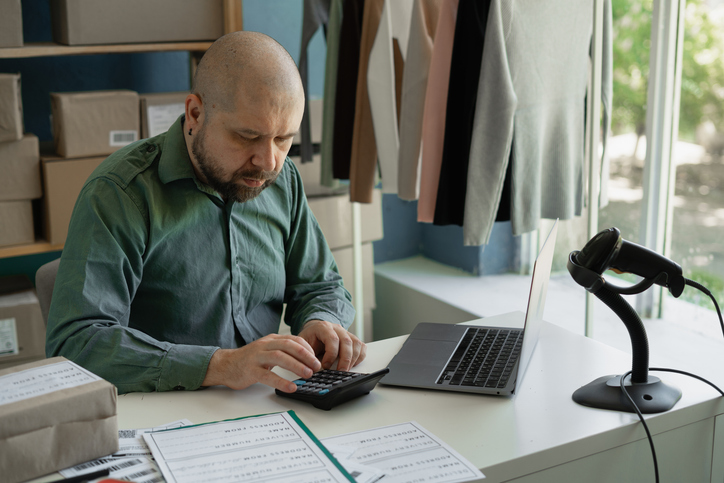The new legislation has almost halved the acceptable level of noise for workers, making it relevant to many more businesses than before, including the likes of clubs and pubs, shops with music playing and garages. Failure to adhere to the legal levels can result in litigation claims from employees whose hearing has been adversely affected and payouts potentially run into many thousands of pounds.
The Health & Safety Executive (HSE) is campaigning to raise awareness of the danger of prolonged exposure to noise at work and ways of preventing it, claiming that solutions can be surprisingly cost-effective and easy to implement.
Around 170,000 people in the UK suffer deafness to some degree, tinnitus or other ear conditions as a result of exposure to excessive noise at work. The Control of Noise at Work Regulations aim to put an end to this by 2030.
‘Companies that are likely to exceed the new level should undertake comprehensive assessment of employees’ noise exposure,’ advises Douglas Dale, Risk Control Manager – Liability at insurance group AXA. ‘Even those organisations who have existing hearing conservation programmes in place will need to review the attenuation values currently provided by the existing hearing protection in use.’
AXA provides the following advice for small businesses:
- Inform workers about the potential risks associated with noise-induced hearing loss and the precautions you are taking to minimise the risk. Hearing protection must be provided to all employees who ask for them, and maintained in efficient working order.
- The main principle of the regulations is to reduce and prevent noise exposure at source by introducing acoustic control measures; these can be quite simple and cost effective measures and should be carried out before considering the issue of hearing protection to employees.
- It has been advised that a noise assessment be carried out using personal noise measuring equipment by an occupational hygienist or noise specialist. This needs to be done for all employees exposed to noise on a daily basis. Noise surveys need to be repeated when circumstances change or new equipment or processes are introduced. Audiometric screening of new starters is also recommended to establish their hearing level for future reference. This can also help prevent false spurious claims.
- All exposed employees must be provided with hearing protection and need to be trained in the correct use and maintenance of this equipment, which must be monitored and enforced by the management. Any records relating to disciplinary action and enforcement by management must also be kept to offer credible defence.
- Adequate signed records need to be kept clearly indicating the receipt of all information, instruction and training as well as the issue of personal hearing protection.
For more information on this visit the HSE site at www.hse.gov.uk/noise/index.
See also: All about noise cancelling headsets





